Getting Ready for Precision Public Health
ETHOS 26, Nov 2023

NAVIGATING A CHANGING WORLD
If you asked anyone in a classroom or meeting today to open up a map, chances are they would take out their phones to launch the digital map application on their devices. But just 20 years ago, we were still using only hardcopy paper maps. Google Maps was launched in 2005, and Apple Maps in 2012. Today, digital maps are ubiquitous, and they have changed our understanding of maps as a concept, how we interact with them, and how we see the world. New ways of seeing and working have created new opportunities and jobs, new solutions, and also new problems for the current generation to solve.
The revolution that has taken us from hardcopy maps to digital maps bears similarities to and lessons for the ongoing transformation of the health sector. Today, people are leading longer lives than ever before—death from infectious diseases is at an all-time low and even many cancers are now curable. There are many contributing factors: advances in medical science, better health infrastructure, economic progress, improved living standards and environments, better nutrition, public health initiatives such as vaccines, improved safety culture, better education, and greater health literacy.
While we can be proud that many old problems have been solved, the current generation will face new challenges: widening health disparity and inequity between and within populations, new and emerging infectious diseases with the potential to cause epidemics and pandemics, increased prevalence of chronic non-communicable diseases, antibiotic resistance, mental health, climate change, and planetary health. These new challenges require new approaches, new innovation, and new investments. Fortunately, we are also equipped with new enablers and tools to address these challenges.
A NEW ERA OF PRECISION PUBLIC HEALTH
A useful way to think about this transition is to compare it with how Digital Maps built upon traditional maps to deliver a new experience and create value for the users and the system. Digital Maps are powered by the enablers of Digital Technology, Big Data science and Personalisation. In a similar way, Digital Health technologies, Big Data science and Precision Medicine developments are bringing about a revolution in the way we look at health at a population level. This has given rise to the term Precision Public Health, which is the use of technology and the principles of public health to advance the health system and population health goals.
Precision Public Health is the use of technology and the principles of public health to advance the health system and population health goals.
Public health has and will play an important role in promoting and improving health outcomes for countries, health systems and populations. It has a strong emphasis on prevention of diseases, health promotion, advocacy for health access and coverage, enhancing people’s overall wellbeing and the many facets of public health research and evaluation. The COVID-19 pandemic, while devastating, has led to many positive changes in how health systems, researchers, providers and industry think about public health transformation. Catalysed by the pandemic, public health is experiencing a radical rethinking that is being fuelled by these three enablers that have changed the practice of public health in many positive ways.
THREE CRITICAL ENABLERS
Just as Digital Maps use large amounts of data and analytics to connect the dots, create value and be personalised to users, Precision Public Health calls for our big health data sets to be connected, analysed with advanced data science techniques, and personalised through precision medicine and personalised health.
 |
Precision Medicine builds on the technological advances and development of new approaches for treating and preventing disease in a way that is tailored to the individual. Examples include tailored disease management in specific patient populations, targeted disease prevention and early diagnosis for certain at-risk groups, and ongoing research and development for personalised medical treatments. |
 |
Digital Health is the use of digital technologies to improve health. It is a multidisciplinary field at the intersection of healthcare, technology, and information management. Types of digital health technologies that most people are familiar with include telemedicine, remote health monitoring devices, healthcare related mobile phone applications, electronic health records, and patient health portals. |
 |
Big Data is the lifeblood of Precision Public Health. Collectively, Precision Medicine and Digital Health generate a vast amount of health data that is useful at both the health systems and population level, and at the individual, personal level. |
The healthcare industry believes that harnessing this wealth of health data can lead to numerous benefits. At the individual and provider level, it can improve patient care through connected health data for care coordination, and timely health insights that are actionable by the individual and providers. This data can also enhance health services research, research for product development, and understanding of the health needs of the population—all of which could lead to insights on how we might build better health systems.
GOVERNMENTS NEED A BLUEPRINT AND STRATEGY FOR PRECISION PUBLIC HEALTH
A healthy population is a form of economic and social capital, and governments have been the traditional payer and investor in public health services and functions. Historically, most of these investments have been borne out of necessity (e.g., water and sanitation, vaccinations, workplace safety regulations) or because they are low-cost, high-value and efficient investments (e.g., health education campaigns, tobacco taxation and regulation, operating public primary care and maternal and child health clinics).
With economic progress, greater affluence and a more educated populace, a society comes to expect higher quality public services. The public also expects the government to play a more central role for public health services, especially when it comes to infrastructure investments, health ecosystem development and regulation for safe and accessible quality health services. In this regard, we find it useful to draw parallels with how governments and the private sector both invest in transportation infrastructure and services.
With Precision Public Health, we are moving from building ‘roads’ in the healthcare system to the next step of building the equivalent of expressways, flyovers and underground tunnels. The fruits of infrastructural investments made by a previous generation are clearly visible: Singapore’s health system is a high-performing system providing accessible and affordable primary healthcare services to the population. The new healthcare infrastructure that we next need to build include elements such as shared health data, investments in digital health and precision medicine, and a population health approach in which Precision Public Health will serve an important foundational role.
With Precision Public Health, we are moving from building ‘roads’ in the healthcare system to building the equivalent of expressways, flyovers and underground tunnels.
To understand Precision Public Health in action, look no further than the example of Singapore’s National Steps challenge. This was started in 2015 by the Health Promotion Board (HPB) and is a population-level digital health intervention that leverages wearable technology to track physical activity and incentivise healthy behaviour through gamification. It has provided health sector planners with insights into health behaviours and allowed data analysis, health advice and interventions to be personalised to each individual. When connected with a digital health App such as HPB’s Healthy 365, the individual is able to get personalised recommendations on suitable activities that are located close by. This programme embodies the Precision Public Health approach and principles, and is designed to be simple to adopt and personalised for participants.
Another forerunner in Precision Public Health is the national research entity PRECISE (Precision Health Research Singapore), which aims to transform health in Singapore through Precision Medicine. In 2019, it completed whole-genome sequencing of 10,000 Singaporeans, and has moved on to target to reach 100,000 Singaporeans. Such Asia-based genetic research allows us to better understand why certain diseases, such as ALDH2 deficiency (Asian Flush) and peanut allergy, are more or less common in Asians. PRECISE is currently researching how genetics can affect our responses to certain medications, and our risks of having certain side effects to these medications. Such efforts contribute towards a Precision Public Health strategy that intersects at both the individual and population level—helping the health system, provider and patients use medicines more safely and effectively.
A future-ready health system positioned to make the most of precision public health approaches will attract more investments in digital health, big data and precision medicine to Singapore.
Just as a good transport system serves the whole nation, so too will these infrastructural investments in Precision Public Health benefit everyone, increasing the health capital of our population, and leading to positive health states and more productivity. A future-ready health system positioned to make the most of precision public health approaches will also attract more investments in digital health, big data and precision medicine to Singapore.
At the same time, in a free and open market, there will be those who can more readily afford some of the most sophisticated new health services, just as there are road users who own and drive luxury cars. The more innovative services are likely to be offered to private healthcare patients initially, while over time the costs of making these new services and products to a wider market will decrease, and more will be able to benefit from them. To avoid a situation where investments in Precision Public Health only benefit the wealthy and amplify health disparities, our healthcare ecosystem must have mechanisms in place to ensure that efficiency benefits from privately offered health services are transferred to support resources in the public sector health system to promote equity in the long term. These may include redistributive processes, stronger needs-based resourcing, ethical safeguards and other system-level balancing loops.
WE ARE IN A POSITION TO BE A GLOBAL LEADER FOR PRECISION PUBLIC HEALTH
The performance of the health sector will be an issue of growing importance to the population and ageing electorate in the next decades. In terms of digitalisation and data sharing, the health sector is already a laggard compared to finance, logistics and education.1, 2 Countries fortunate to have a strong digital service ecosystem and a robust health sector are well-placed to make a strong case to invest strategically into the field of precision public health as a public good. It is a fast-growing field that, like what digitalisation did for maps, has tremendous potential to change how we see, think and work to improve the health of our population and ourselves. While we are not (yet) the world leaders in Precision Public Health, we have the necessary foundation, infrastructure, ambition, capability to be a leader in this space, especially as our health system pivots to a population health approach.
NOTES
- See: Martin McKee, May C. I. van Schalkwyk, and David Stuckler, “The Second Information Revolution: Digitalization Brings Opportunities and Concerns for Public Health”, European Journal of Public Health 29, no. 3 (October 2019): 3–6, https://academic.oup.com/eurpub/article/29/Supplement_3/3/5628047.
- See: Roberta Pastorino, Corrado De Vito, Giuseppe Migliara, Katrin Glocker, Ilona Binenbaum, Walter Ricciardi, and Stefania Boccia, “Benefits and Challenges of Big Data in Healthcare: An Overview of the European Initiatives”, Euro J Public Health 29, no.3 (October 2019): 23–27, https://www.ncbi.nlm.nih.gov/pmc/articles/PMC6859509/.

